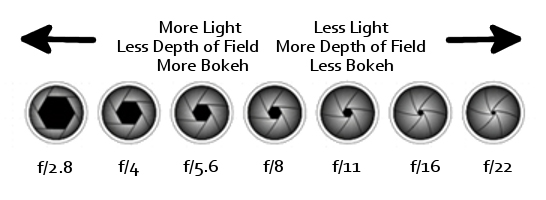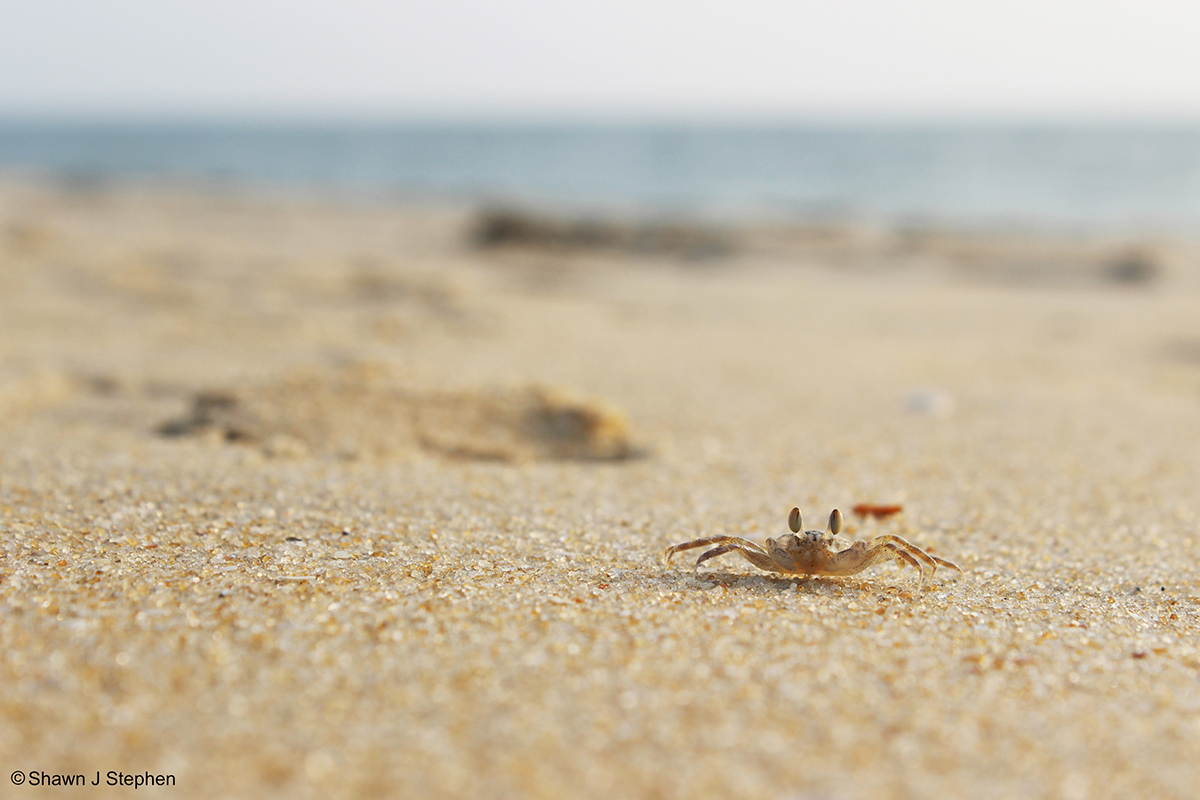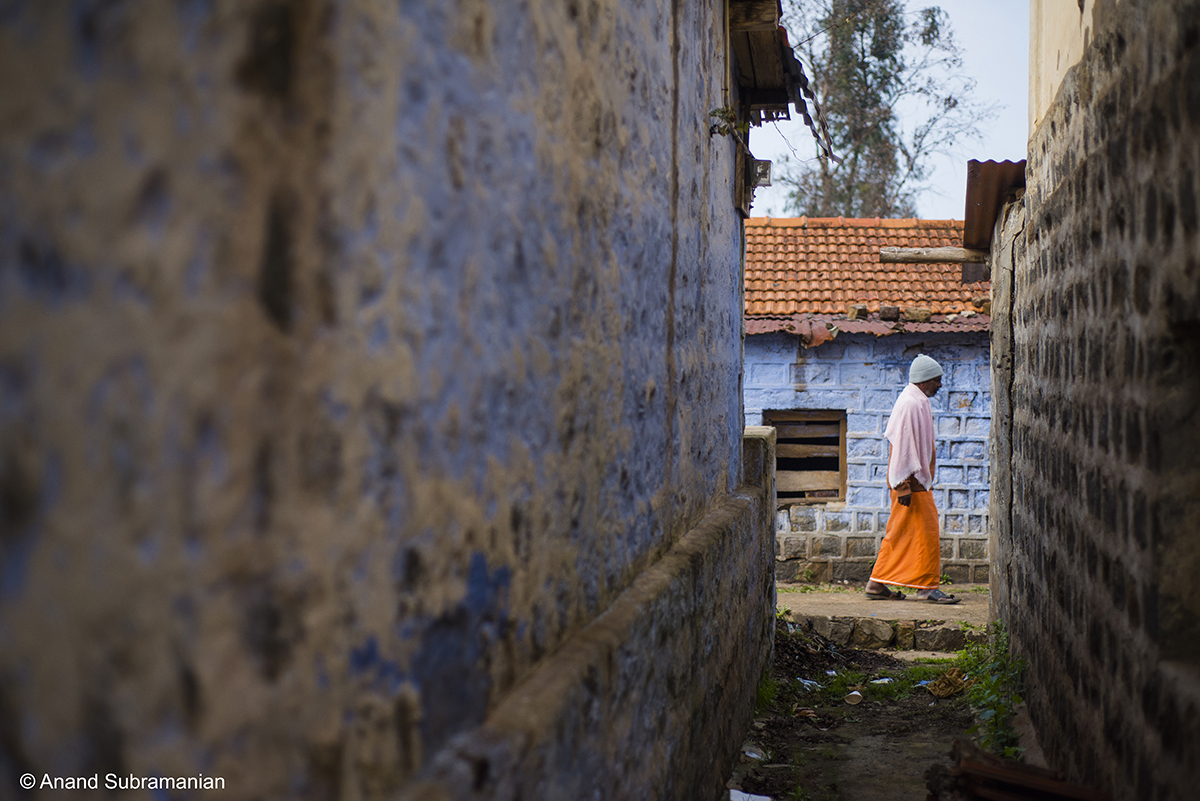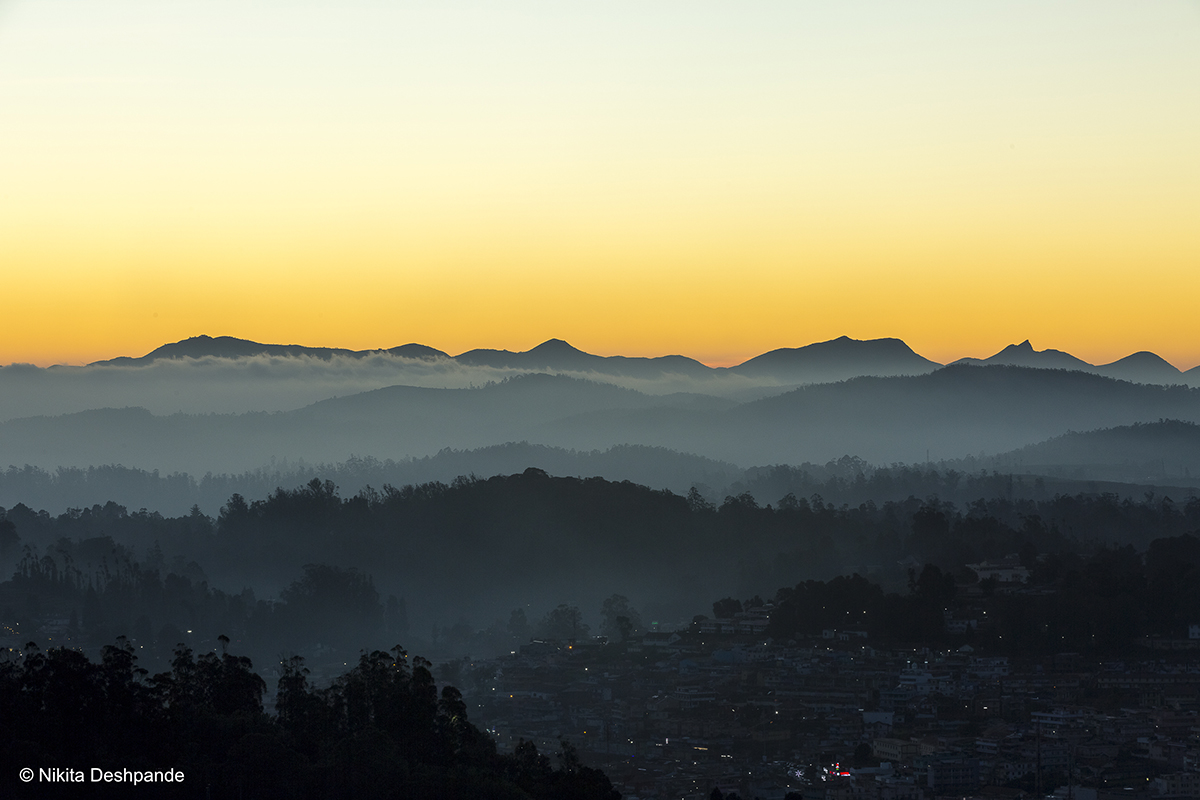The fascinating thing about Aperture is that it is very much like our own eyes! Our pupils regulate the amount of light that enters our eyes simply by adjusting its size based on how much or how little light there is. This is the Aperture’s primary function! The Aperture ring on the camera, based on its diameter, determines the amount of light that enters the camera. Now while our eyes automatically adjust to the ambient light, and auto modes on cameras do the same, it is important to understand how this works so we can control how much light enters the camera to take the kind of photographs we want to take!
Side note: Remember that while this is to do with regulating the quantity of light that enters the camera’s sensor, Shutter Speed deals with how long (duration) the sensor is exposed to light let in by the aperture ring.
So how does the camera tell us what the diameter is so we can make the necessary adjustments to get the correct exposure in a frame? F-Stops.
At some point, you must have noticed on your camera screens the letter f followed by a number like 5.6, for instance. These are values that tell you how big or small the aperture is in a given setting. F-stops on most lenses range from f/4 all the way to f/22.

And what do these values mean? At each f number, the aperture ring is open to a specific diameter. So changing the f number changes this diameter. So at f/5.6, a wider aperture, for instance, the diameter will be relatively big, consequently, more light would pass through the lens than at say f/16, where the diameter will be a lot smaller and hence, less light will pass through the lens.
Side note: Keep in mind that it is the lens that controls the amount of light entering the camera. While the smallest aperture on most lenses is capped at f22, the widest aperture may vary with the focal length. That is why the f number displayed on the lens is of the widest aperture. This is a very important factor when looking to invest in lenses so keep an eye out for the f number of the lens model.
So how can we make use of wide and small apertures to do some creative photography?

With Shallow Depth of Field on the lower end of the f- stop spectrum and Great Depth of Field on the other end, there really is space for some great photography by simply experimenting with f- stops alone! Not to forget photographing in Low Light with wide open apertures!

So take out your camera and experiment with f- stops! Show us how creative you can be and tag LLAOnline! (Instagram: @lla_online | Facebook: LLA Online)




